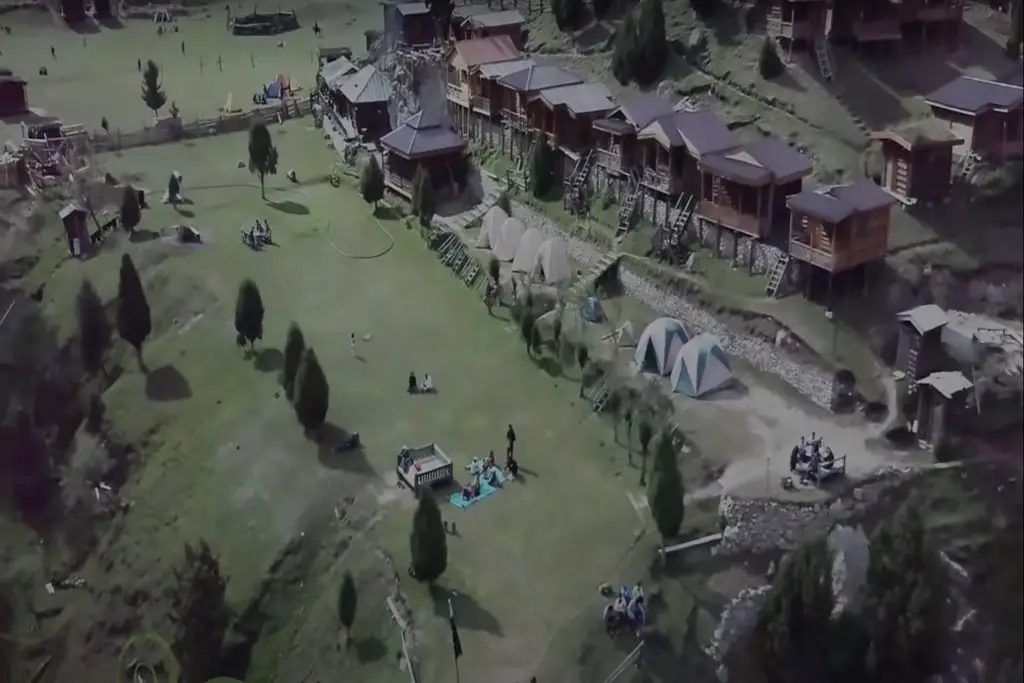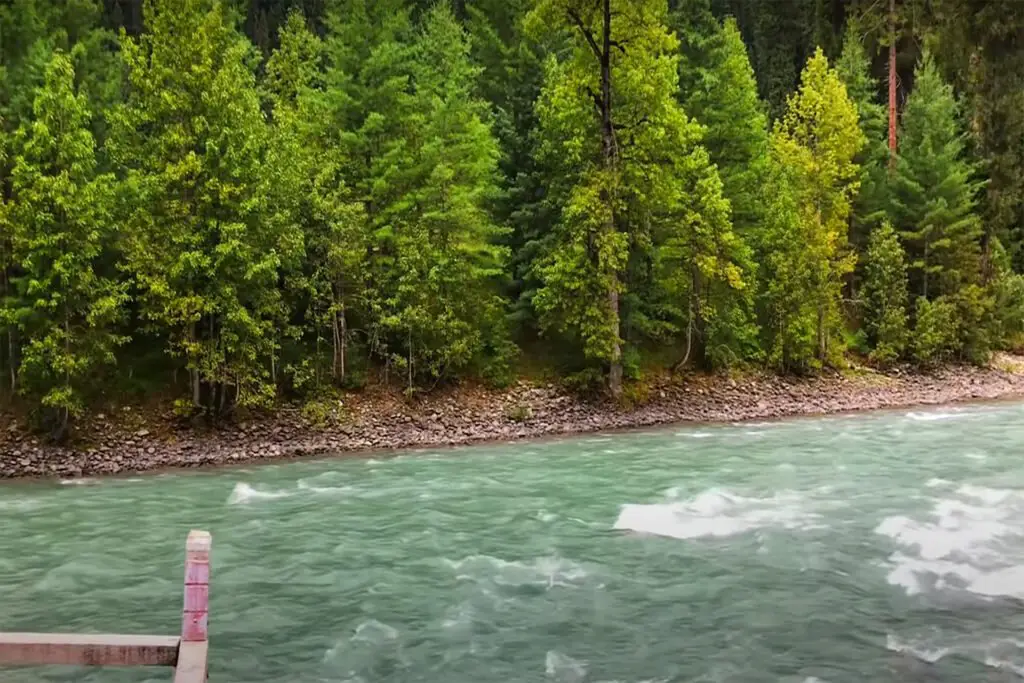Fairy Meadows named by German trekkers (German Märchenwiese, “mythological plains”) and locally known as Joot, is a grassy area near one of the main camps of Nanga Parbat, located in the Diamer region, Gilgit-Baltistan, Pakistan.
Fairy Meadows Height
At an altitude of 3,300 meters (10,800 ft) above sea level, Fairy Meadows serves as the launch site for Rakhiot hikers in the face of Nanga Parbat. In 1995, the Government of Pakistan declared Fairy Meadows as a National Park.
Fairy Meadows is accessible by a fifteen-kilometer walk from Raikot Bridge on the Karakoram Highway to the village of Tattu (Tato). The dangerous and narrow mountain road from the bridge to the village is open only to local people, who provide transportation for tourists. In 2013, the World Health Organization announced that it was the second leading cause of death in the world.
From Tato onwards, it takes about three to four hours to walk the three miles to the Fairy Meadows. The grasslands are located in the Rakhiot valley, at the end of the Rakhiot glacier from Nanga Parbat, and feed on a tributary that ends in the Indus River. Since 1992, locals have been working in campgrounds in the area.
Fairy Meadows Tourism
The six-month tourist season at Ferry Meadows begins in April and continues until the end of September. Visitors sleep on the campground spread over 800 hectares (2,000 hectares), known as “Raikot Serai”. The Fairy Meadows area, although slightly developed, generates an estimated 17 million PKRs for tourism, mainly through the provision of food, transportation, and accommodation facilities.
The road to the Meadows was built by Brigadier M. Aslam Khan (M.C, H.J, F.K), First Commander Gilgit Scouts, who today employs local people. The local community stopped logging to preserve the forest and to promote tourism in the area.
The most spectacular attraction in the area other than the meadows themselves is the view of Nanga Parbat Mountain. Visitors often walk into the foothills of the mountain from Fairy Meadows.
Fairy Meadows Road & Adventure
Fairy Meadows Road is the name of an amazing and dangerous mountain track located in the Gilgit-Baltistan region of Pakistan. The unpaved road is not fully maintained, there are no protective devices.
Streamed into Fairy Meadows National Park, the road is not paved at all. It is 16km (9,94 miles) long and north-south from the infamous Karakoram Highway to the village of Tato, near Fairy Meadows, a beautiful destination about 3,300 feet [3,300 m] above sea level.
It is said to be one of the most dangerous roads in the world. Arriving at Fairy Meadows is a major risk that prevents many from enjoying the view. In 2013 this road was listed as the second deadliest highway in the world because it was ‘a treacherous high ground, an unstable and narrow mountain road’.
The most dangerous part of the road includes a 6-mile climb on an unpaved and uneven road. There are no obstacles to preventing a car from falling off a cliff and dying in a fire. The road is wider than the standard Jeep Wrangler and has more traffic. One false motion and the longest pull
Fairy Meadows Land
The grasslands are surrounded by dense alpine forests. The highlands and slopes to the north mainly consist of a coniferous forest consisting of the Pinus Wallichiana, Picea Smithiana, and Abies pin-drow, while in the highlands with less sunlight there are smaller birch and willow trees.
The southern slopes are dominated by juniper and sediments, namely Juniperus Excelsa and J. Turkesticana. In the lowlands, the largest available plant is Artemisia, with yellow ash, oak stones, and Pinus gerardiana scattered among them. Studies have suggested the similarities between Pinus wallichiana found in the wild and the genus, Pinus peuce, found in the Balkans, based on leaf size.
Among mammals, a few brown bears are found in the region, and their numbers are declining. Some musk deer, which are considered endangered, are also present.






